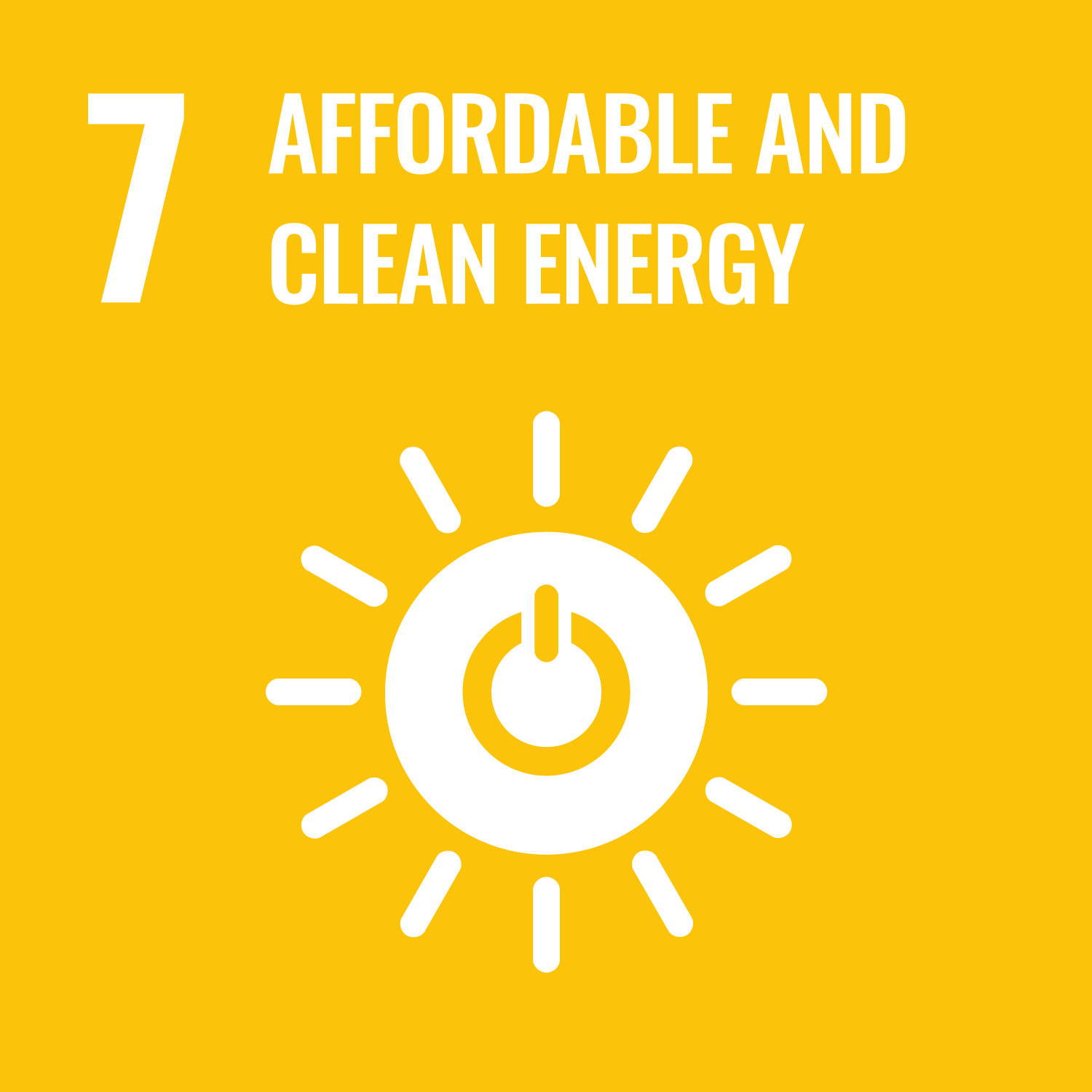ORCID
- Alistair G.L. Borthwick: 0000-0001-6053-7764
Abstract
Close-packed contra-rotating vertical-axis turbines have potential advantages in wind and hydrokinetic power generation. This paper describes the development of a numerical model of a vertical axis turbine with a torque-controlled system using an actuator line model (ALM). The developed model, coupled with the open-source OpenFOAM computational fluid dynamics (CFD) code, is used to examine the characteristics of turbulent flow behind a single two-bladed vertical-axis turbine (VAT). The flow field containing the turbine is simulated by solving the unsteady Reynolds-averaged Navier-Stokes (URANS) equations with a k - ω shear stress transport (SST) turbulence model. The numerical model is validated against experimental measurements from a two-bladed H-type wind turbine. Turbine loading is predicted, and the vorticity distribution is investigated in the vicinity of the turbine. Satisfactory overall agreement is obtained between numerical predictions and measured data on thrust coefficients. The model captures important three-dimensional flow features that contribute to wake recovery behind a vertical-axis turbine, which will be useful for future studies of close-packed rotors with a large number of blades.
DOI Link
Publication Date
2020-02-11
Publication Title
Energies
Volume
13
Issue
4
ISSN
1996-1073
First Page
776
Last Page
776
Recommended Citation
Zhao, R., Creech, A., Borthwick, A., Venugopal, V., & Nishino, T. (2020) 'Aerodynamic Analysis of a Two-Bladed Vertical-Axis Wind Turbine Using a Coupled Unsteady RANS and Actuator Line Model', Energies, 13(4), pp. 776-776. Available at: 10.3390/en13040776


